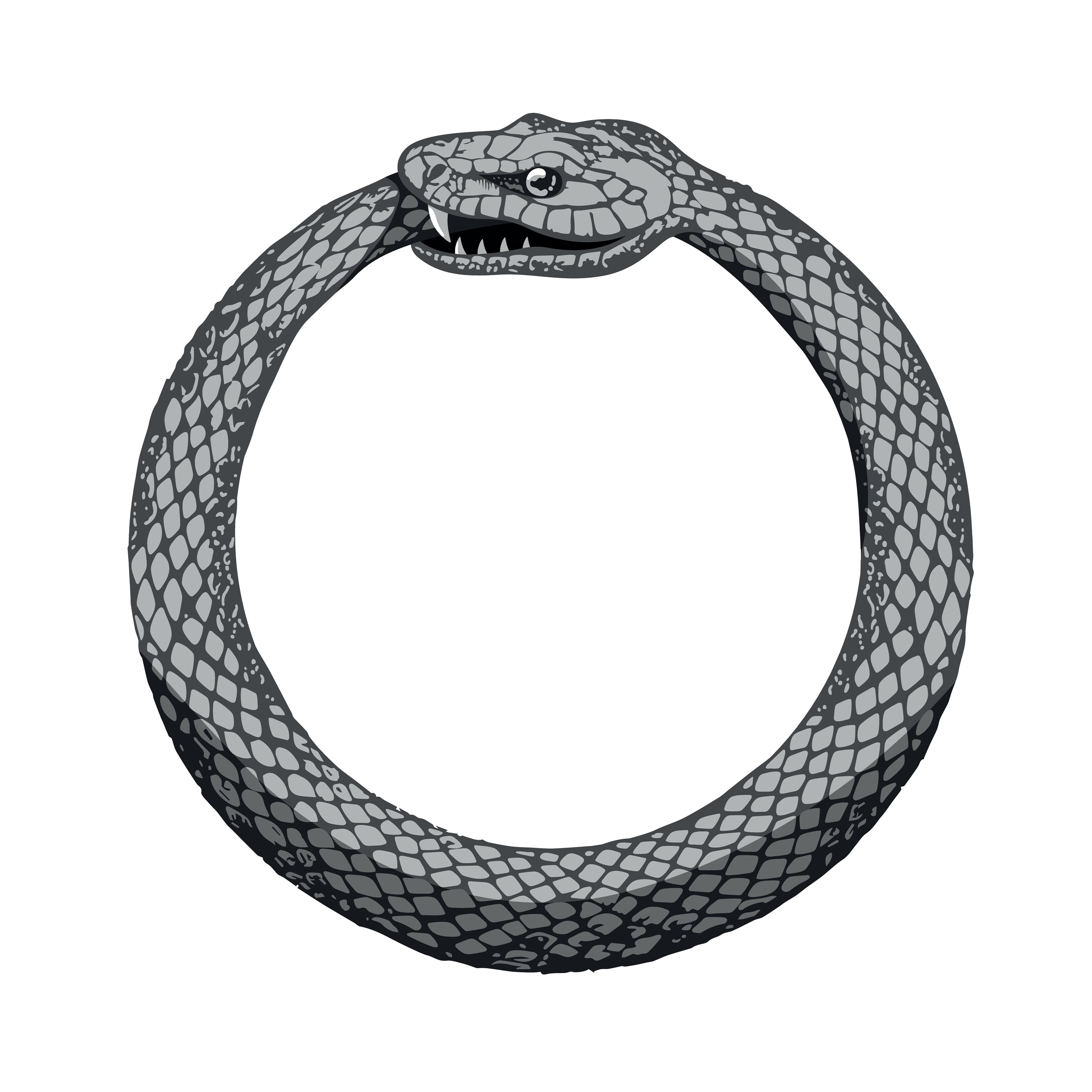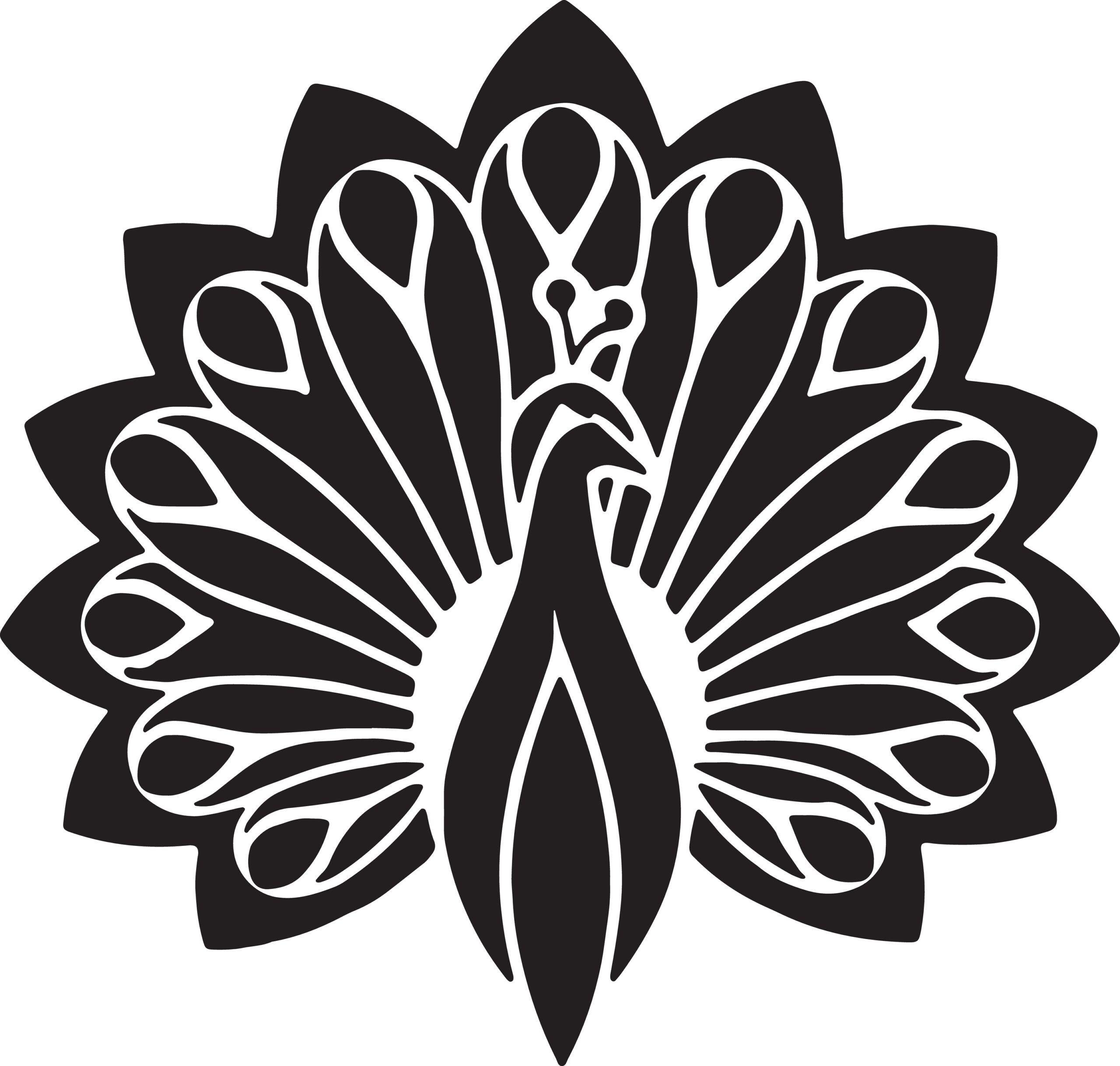Throughout history, artists have embedded hidden symbols within their works, revealing deeper meanings and cultural significance. These symbols often represent themes like life, death, faith, or transformation. By understanding these elements, viewers can uncover a richer interpretation of the artwork.
The Skull – Symbol of Mortality and the Fleeting Nature of Life

The skull is a stark reminder of death. Artists use it to emphasize the fleeting nature of human life. In vanitas paintings, it often highlights the inevitability of mortality. This symbol serves as a memento mori, urging viewers to reflect on life’s brevity. The inclusion of a skull often adds a somber tone, contrasting with any symbols of wealth or power surrounding it.
The Hourglass – Passage of Time and the Inevitability of Death

An hourglass signifies the steady passage of time. It visually represents the limited duration of human existence. Artists use it to remind viewers that time is constantly running out. Each grain of sand falling mirrors life’s unavoidable progression toward its end. Its presence in art often accompanies other symbols of death or change, intensifying the message.
The Dove – Peace, Purity, and the Holy Spirit

The dove often stands for peace and purity. In Christian art, it represents the Holy Spirit descending during significant biblical moments. Artists use it to evoke a sense of calm and divine presence. Its gentle appearance contrasts with other, more severe religious symbols. The dove often embodies the promise of redemption and hope.
The Apple – Original Sin and Temptation, Often Associated With the Garden of Eden

Apples in art frequently refer to the biblical story of Adam and Eve. They symbolize temptation and the fall of mankind. The fruit is often shown being handed to Eve, representing the moment of sin. Artists use it to explore themes of human weakness and moral downfall. Its placement in artworks can vary, but the underlying message remains tied to temptation.
The Ouroboros – Eternity and the Cycle of Life, Death, and Rebirth

The Ouroboros, a snake eating its tail, represents eternal cycles. It symbolizes life, death, and rebirth in a continuous loop. Artists use this image to convey the concept of infinity. Its circular form emphasizes the never-ending nature of existence. The Ouroboros often reflects philosophical ideas about renewal and the universe.
The Peacock – Immortality and Resurrection, Often Linked to the Divine

A peacock’s feathers symbolize immortality. In Christian art, it often signifies resurrection due to the bird’s ability to regrow its vibrant feathers. Artists use the peacock to suggest eternal life or divine glory. Its striking colors stand out, making it a symbol of both beauty and immortality. The bird is frequently linked to heaven or the divine realm.
The Snake – Deception, Danger, and Sometimes Transformation

Snakes are often associated with danger and deception. In religious art, they represent Satan’s trickery in the Garden of Eden. Artists use this symbol to warn viewers of hidden threats. Snakes can also symbolize transformation due to their ability to shed skin. Depending on the context, they may reflect both negative or transformative qualities.
The Sunflower – Devotion and Loyalty, as It Follows the Sun

Sunflowers represent loyalty and devotion. They naturally turn to follow the sun, symbolizing faithfulness. Artists use them to convey themes of unwavering loyalty. In religious works, they often signify worship or dedication to a higher power. Their bright appearance brings an element of hope and optimism to a piece of art.
The Unicorn – Purity, Innocence, and Sometimes Divine Love

Unicorns represent purity and innocence in historic artworks. Their mythical nature has long been associated with divine love. Artists often use unicorns to symbolize unattainable beauty or perfection. In Christian art, the unicorn also represents Christ’s love for the church. Its inclusion in a piece often suggests a focus on moral purity or divine connection.
The Key – Power, Knowledge, or Unlocking Hidden Truths

Keys symbolize power and knowledge. Artists use them to indicate the ability to unlock hidden truths or mysteries. In religious contexts, keys often represent authority, especially linked to Saint Peter. The key can also signify spiritual enlightenment or access to divine wisdom. Its presence in art reflects themes of control and revelation.
The Rose – Love, Beauty, and in Some Contexts, Martyrdom or Secrecy

Roses commonly represent love and beauty. In religious art, they sometimes symbolize martyrdom, with red roses reflecting Christ’s sacrifice. Artists also use roses to represent secrecy, especially with the phrase “sub rosa” (under the rose). Different colors of roses can carry varying meanings, from purity to passion. Their delicate petals often stand in contrast to their thorny stems.
The Dog – Loyalty, Fidelity, and Companionship

Dogs are a symbol of loyalty and fidelity. Artists frequently include them in portraits to signify the subject’s trustworthiness or commitment. In marriage scenes, dogs represent faithful love between partners. Their presence in artworks often emphasizes companionship or protection. The dog’s unwavering loyalty makes it a common motif in depictions of family life.
The Butterfly – Transformation, Resurrection, and the Soul

Butterflies are a powerful symbol of transformation. Artists use them to represent the soul’s journey or resurrection after death. The butterfly’s life cycle—from caterpillar to chrysalis to winged form—mirrors spiritual rebirth. In Christian art, it often symbolizes Christ’s resurrection. Their appearance in artworks highlights themes of hope and renewal.
The Fish – Christ and the Christian Faith

Fish symbolize Christ and the Christian faith. Early Christians used the fish as a secret sign to identify themselves. In many religious works, artists include fish to represent Christ’s role as a spiritual provider. The fish also symbolizes baptism and the spread of faith. Its use in artworks emphasizes themes of salvation and community.
The Anchor – Hope and Steadfastness, Often Linked to Christian Symbolism

Anchors represent hope and steadfastness. Artists often use them in religious contexts to signify unshakable faith. In Christian symbolism, the anchor is linked to Hebrews 6:19, where hope is described as “an anchor for the soul.” Its inclusion in art reflects stability, faith during difficult times, and the promise of salvation.
The Moon – Femininity, Change, and the Passage of Time

The moon symbolizes femininity and change. Artists use its phases to represent the passage of time and life’s cyclical nature. In many works, the moon is associated with female deities or figures of power. Its presence often reflects mystery, intuition, or transformation. The moon’s changing form in art underscores the themes of evolution and renewal.
This article originally appeared on Rarest.org.
More from Rarest.org
8 Most Costly Restaurants for Fine Dining

When it comes to luxury dining, some restaurants elevate the experience to an art form. These establishments are known for their exquisite cuisine, opulent settings, and impeccable service. Read More.
10 Most Lucrative Talent Agencies in Entertainment

The entertainment industry is fueled by the talent agencies that shape the careers of top artists. Read More.
14 Quaint Neighborhoods You’ve Never Heard Of in Famous Cities

In bustling metropolises around the world, there are hidden gems waiting to be discovered. Read More.
